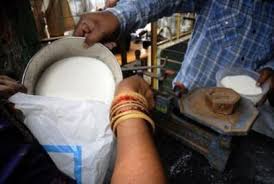Graphic Era organizes workshop on Artificial Intelligence

Graphic Era organizes workshop on Artificial Intelligence
Dehradun, Oct 5
A workshop was organized at Graphic Era to provide training to teachers on Artificial Intelligence technology,today.Experts, while addressing this worshop focussed on various aspects of artificial intelligence. During the workshop the experts said that the threat to people’s job from Artificial Intelligence (AI) is a myth. This technology which is about 80 years old is evolving just like any other technology. Experts encouraged teachers to learn new technologies such as Artificial Intelligence, Machine Learning and Deep Learning.
Dr. Guru Prasad, Dr. Arun Chauhan, Dr. Ashwini Kumar Singh and Garima Sharma addressed the workshop. The workshop was organized by Department of Computer Science and Engineering in collaboration with the Institute of Engineers (India) Institutional Chapter. Principal of Graphic Era Global School Raj Kumar Trehan and teachers were present in the workshop.





